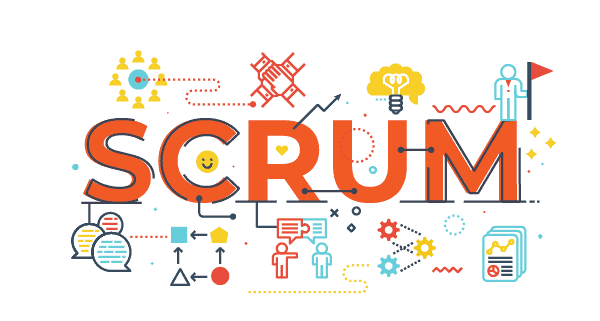There is no universal best way to size user stories. It all depends on the context, team, and product owner’s preference. You first need to understand that before you start sizing user stories, you must know exactly what constitutes a user story. If you are new to the concept of user stories, it is very important first to understand “What are user stories in agile software development?” It is a business requirement for the end-user. This is not technical work that a developer must complete to deliver a solution. It is not something that you can find in a business requirement document. A user story describes an interaction between a user and the system. This interaction may or may not result in an update to the data in the system. The interaction can be an event or action, including creating, viewing, or updating information.
So how do you Size User Stories In Scrum?
- Story Points
Story points are agile-specific and a result of a team’s collective estimation process. A team member with some experience in estimation should provide meaningful estimates. For example, suppose you need someone to wire your home. In that case, an electrician can give you an estimate based on the number of outlets, lights, and other electrical items you want to be installed and the difficulty level of each outlet and light installation. We are now ready to size our own user stories with this understanding of story points. The concept is simple: take the number of story points and divide it by 3. No division by 2, no division by 4 — divide by 3. This will give us the team’s average potential velocity (or throughput). And now we’re going to use that number to size our iterations.
- T-shirt sizing technique.
T-shirt sizing technique.
This technique appraises the effort required to build a feature based on similar features in the past. Here is how it works:
1) The development team uses a scale of small, medium, and large to understand how much effort it will take to build a certain feature. These estimates are typically based on experience with similar features.
2) The product owner then asks the team to grade the new feature from small to large, ensuring that this new feature is comparable in terms of effort with the other features.
3) Once all the features have been sized, they can be ordered from the smallest (or least effort) to the largest (or most effort). The grade should reflect the perceived effort required by the project team.
4) The project team will then clearly understand where this new feature lies about other features in terms of sizing and thereby prioritizing it about other features.
- Points
The most common way of sizing user stories is by how many story points they take up. A story point is a non-linear measure of size that is often used in agile methodologies to estimate completion time and complexity. Any user story with about three or fewer is usually considered a one-point user story. User stories with sizes between three and nine are usually considered two-point stories. At some point, the size of a user story begins to create too much complexity for the team to complete within one iteration, which is usually the point at which it becomes a three-point story. A user story with a larger than three typically requires more time, so teams may need to break up such stories into pieces and plan them within several iterations.
- Complexity
To size user stories based on their complexity, the team needs to rate each story on a scale from 1 to 10, representing how complex a story is, with 1 being the least complex and 10 being the most complex. Then, based on the complexity rating, the team determines how many development days it will take to complete the story. This can be accomplished by multiplying the number of days it will take to complete a story by its complexity rating. For example, a story that is estimated to take three days to complete and is rated as a 2 would have an estimated completion date of March 10 (3 days × 2).To learn more, visit site
- Squish-A-Mole Approach
Another approach is to use the squish-a-mole approach. You start at the highest priority user story, break it into the smallest possible unit, then move to the next highest priority, and repeat until you run out of product backlog items. The advantage is that it has a simple and easy-to-understand approach with little complexity. The disadvantage is that it doesn’t consider the value of each user story.

